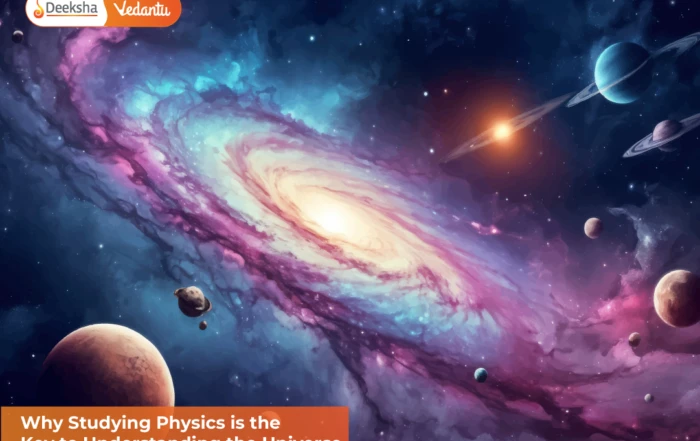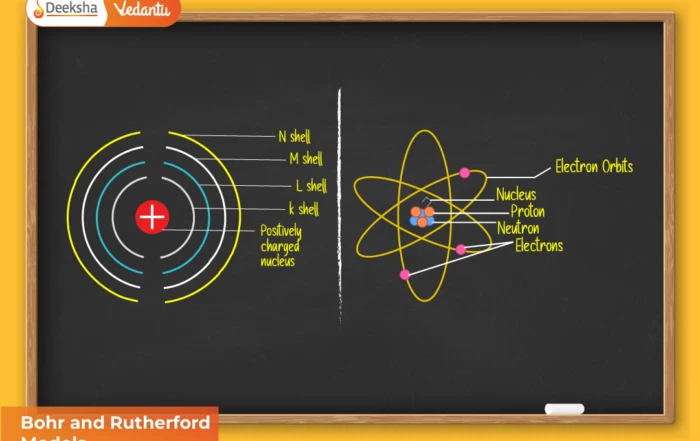The classification of elements forms the backbone of the systematic study of chemistry. As the number of known elements increased over time, scientists recognized the need for a structure that grouped similar elements together. This enabled learners and researchers to predict their behavior and understand their properties more easily.
This chapter provides an extensive understanding of why classification became necessary, how it evolved over the centuries, how the modern periodic table was developed, the principles guiding electronic configurations, and how periodic trends influence the chemical behavior of elements. The unit is not only crucial for board examinations but also immensely significant for competitive exams like NEET and JEE, where a deep understanding of periodic trends forms the basis of many conceptual questions.
Why do we Need to Classify Elements?
Understanding the Increasing Number of Elements
There are 118 known elements today, each with its own unique chemical and physical characteristics. Without a structured classification system, understanding their similarities, predicting how they react, and organizing them for practical study would be nearly impossible. Classification provides a logical arrangement that simplifies the learning of chemistry.
Importance of Periodicity
When elements were studied individually, many patterns started to emerge. Scientists discovered that certain properties repeated at regular intervals. This periodicity formed the foundation of the periodic table. Recognizing these repeating patterns allowed chemists to:
- Identify similarities among elements
- Predict the properties of unknown or newly discovered elements
- Understand chemical bonding and reactivity trends
- Explain the arrangement of elements based on atomic structure
Advantages of Classifying Elements
- Predicting the properties of elements and their compounds
- Understanding trends across periods and groups
- Simplifying the study of chemical reactions
- Establishing a link between chemical behaviour and electronic configuration
- Identifying the position of an element in the periodic table using atomic number
- Explaining the formation of ions, bonding tendencies, and valency patterns
Genesis of Periodic Classification
Early Attempts at Classification
Before the modern periodic table was developed, several scientists attempted to arrange the known elements based on simple patterns and similarities.
Dobereiner’s Triads
Johann Dobereiner grouped elements into sets of three called triads where the middle element had an atomic mass approximately equal to the average of the other two. Although it applied to only a few elements, it was the first meaningful attempt at recognizing periodicity.
Newlands’ Law of Octaves
Newlands arranged the known elements in increasing order of atomic mass and noticed that every eighth element had properties similar to the first—similar to musical octaves. However, his law failed to accommodate newly discovered elements and faced criticism for forcing dissimilar elements into groups.
Lothar Meyer’s Curve
Lothar Meyer plotted atomic volume against atomic mass and discovered a repeating pattern. This graphical representation supported the idea of periodicity, showing that properties of elements varied periodically with atomic mass.
Mendeleev’s Periodic Table
Dimitri Mendeleev is considered the father of the periodic table. He arranged elements in increasing order of atomic mass but prioritized grouping elements with similar properties together. His genius was evident in leaving gaps for undiscovered elements and predicting their properties with remarkable accuracy. These predictions were later confirmed, validating his classification.
Modern Periodic Law and the Present Form of the Periodic Table
Modern Periodic Law
“The physical and chemical properties of elements are the periodic functions of their atomic numbers.” This law forms the foundation of the modern periodic table and resolves the anomalies encountered in earlier classifications.
Structure of the Modern Periodic Table
The modern periodic table is a systematic arrangement consisting of:
- 18 groups (vertical columns)
- 7 periods (horizontal rows)
- Metals on the left, non-metals on the right, and metalloids in between
- The division of elements into s, p, d, and f blocks based on electron configuration
Features and Advantages of the Modern Table
The modern periodic table offers several improvements:
- Clear classification based on atomic number rather than atomic mass
- Isotopes are easily accommodated
- Periodic trends are more accurately represented
- Correlation between electronic configuration and properties is evident
- It helps predict the type of bonding, oxidation states, metallic and non-metallic character, and reactivity
Nomenclature of Elements with Atomic Numbers > 100
Elements with atomic numbers greater than 100 follow IUPAC’s systematic naming system until official names are approved.
IUPAC System Rules
The temporary names use Latin roots for digits in the atomic number, making it possible to name even the heaviest elements systematically:
| Digit | Name | Symbol |
| 0 | nil | n |
| 1 | un | u |
| 2 | bi | b |
| 3 | tri | t |
| 4 | quad | q |
| 5 | pent | p |
| 6 | hex | h |
| 7 | sept | s |
| 8 | oct | o |
| 9 | en | e |
Example
- Element 104 → Unnilquadium (Unq)
- Element 118 → Unoctium (Uuo)
Once confirmed, these temporary names are replaced by official names like Rutherfordium, Lawrencium, and Oganesson.
Electronic Configurations of Elements and the Periodic Table
Relationship Between Electronic Configuration and Position
The modern periodic table is entirely based on the distribution of electrons among the atomic orbitals. The position of an element depends on:
- Number of electron shells → determines the period
- Number of valence electrons → determines the group
- Type of orbital receiving the last electron → determines the block
Example
Element with configuration 2,8,2
- Has 3 shells → Period 3
- Has 2 valence electrons → Group 2
- Last electron enters s-orbital → s-block element
General Trends in Electronic Configuration
- The period number corresponds to the highest principal quantum number (n)
- Group number for s- and p-block elements corresponds to valence electron count
- d- and f-block elements show variable oxidation states due to partially filled orbitals
Electronic Configurations and Types of Elements: s-, p-, d-, f- Blocks
s-Block Elements
Characteristics
- Last electron enters an s-orbital
- Highly reactive metals
- Form strong bases like NaOH and KOH
- Excellent reducing agents
- Low ionization enthalpies
p-Block Elements
- Last electron enters a p-orbital
- Includes metals, non-metals, and metalloids
- Show diverse oxidation states
- Group 18 elements (noble gases) are chemically inert
d-Block Elements (Transition Metals)
- Last electron enters a d-orbital
- Exhibit variable oxidation states
- Form coloured ions and complexes
- Often act as catalysts
- Have high melting and boiling points
f-Block Elements (Inner Transition Metals)
- Last electron enters an f-orbital
- Include lanthanoids and actinoids
- Show magnetic properties
- Typically form complex ions
- Actinoids are mostly radioactive
Periodic Trends in Properties of Elements
Periodic trends explain how and why the properties of elements change across periods and down groups.
Atomic Radius
Trend Across a Period
- Decreases from left to right due to increasing nuclear charge pulling electrons closer
Trend Down a Group
- Increases due to the addition of new electron shells
Ionic Radius
- Cations are smaller than their neutral atoms due to loss of electrons
- Anions are larger due to electron gain increasing repulsion
Ionization Enthalpy
Period Trend
- Increases due to stronger attraction between nucleus and valence electrons
Group Trend
- Decreases because outer electrons are farther from the nucleus
Electron Gain Enthalpy
- Becomes more negative across a period as atoms tend to gain electrons
- Halogens have the most negative values
- Noble gases and alkaline earth metals have low or positive values
Electronegativity
Period Trend
- Increases left to right along a period
Group Trend
- Decreases down a group due to increased atomic size
Valency
Valency depends on the number of electrons lost, gained, or shared to achieve a stable configuration.
FAQs
Q1. How many groups and periods are present in the modern periodic table?
There are 18 groups and 7 periods in the modern periodic table.
Q2. What is the basis of the modern periodic law?
Modern periodic law is based on atomic number, not atomic mass.
Q3. Why do elements show periodicity?
Elements show periodicity because their electronic configurations repeat after regular intervals.
Q4. What are the four blocks of the periodic table?
The periodic table is divided into s, p, d, and f blocks based on the orbital receiving the last electron.
Q5. Which group contains the most electronegative elements?
Group 17 (halogens) contains the most electronegative elements, with fluorine being the highest.
Conclusion
The classification of elements and periodicity in their properties is a cornerstone of modern chemical understanding. By learning how atomic structure influences chemical behavior, students gain the ability to predict reactions, explain bonding patterns, and understand advanced concepts in inorganic chemistry. Mastery of this chapter equips learners with the conceptual tools needed for higher studies, competitive exams like NEET and JEE,**











Get Social